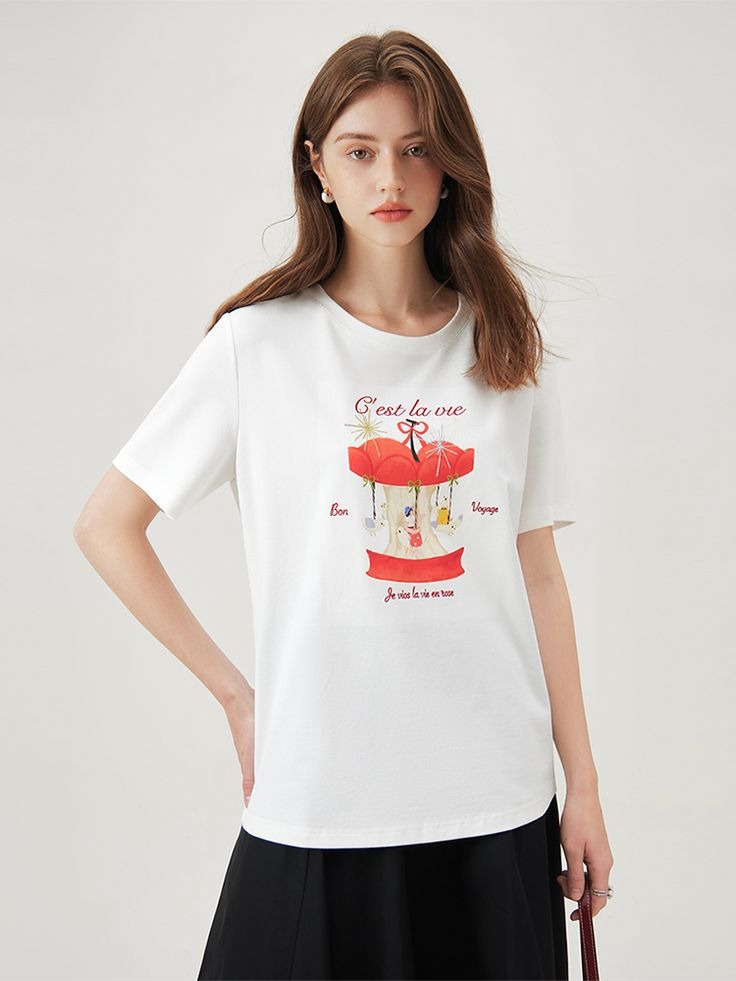Fashion is often imagined as belonging to glamorous runways, glossy magazines, and the exclusive world of haute couture. Yet its true influence is far broader and more intimate, reaching into the rhythms of daily existence. Every decision about what to wear in the morning, every adjustment of color or texture, and every choice between comfort and elegance reveals how deeply fashion is interwoven with life. It is a cultural system that influences habits, workplaces, rituals, and even emotions. By examining fashion in the context of everyday life, one begins to see that style is not simply an occasional indulgence but a continuous thread shaping human experiences, identities, and interactions.
The morning ritual of getting dressed demonstrates the centrality of fashion in daily living. What may appear to be a mundane activity is, in fact, a creative process through which individuals construct an identity for the day ahead. Choosing clothing is not only about protection from the weather but also about aligning one’s outward appearance with inner emotions and social expectations. A student selecting casual attire to blend in with peers, a lawyer donning a suit to project authority, or a parent choosing practical clothing for childcare all reveal the role of fashion in shaping how people navigate their daily environments. Each choice is a form of self-presentation that balances personal comfort with social interpretation.
The workplace is one of the clearest examples of how fashion permeates everyday structures. Professional dress codes have long reflected ideas about discipline, authority, and respectability. Although many industries are now moving toward more flexible standards, the idea of appropriate dress remains central to workplace culture. Clothing can influence not only how colleagues perceive each other but also how individuals perform their roles. A uniform, whether in healthcare, hospitality, or education, creates a sense of unity and shared purpose. At the same time, it also restricts individual expression, underscoring the tension between conformity and creativity in daily fashion choices. This dynamic illustrates how fashion mediates the balance between individuality and collective identity in everyday professional life.
Beyond work, fashion influences leisure and social gatherings. Outfits chosen for family celebrations, religious ceremonies, or informal outings embody cultural traditions and social etiquette. The clothes worn to a wedding, for example, not only honor the couple but also reflect shared values about formality and celebration. In contrast, casual attire at a picnic signals relaxation and conviviality. In these moments, fashion is not only about individual choice but also about participating in shared rituals that reinforce social bonds. It allows individuals to navigate the expectations of different contexts while expressing themselves in unique ways.
Fashion also has a strong psychological presence in everyday life. The concept of dressing to match or change one’s mood is familiar to many. People often reach for particular colors when they feel energetic, or they may choose softer fabrics for comfort during difficult times. This relationship between clothing and emotion demonstrates how fashion is integrated into the inner life of individuals. It can serve as a source of confidence, as when someone feels empowered by a carefully chosen outfit, or as a form of comfort when familiar clothing provides a sense of stability. These subtle psychological effects reveal the deep intimacy between fashion and daily well-being.
The accessibility of fashion in daily life has been transformed by consumer culture and technology. Fast fashion retailers, online shopping platforms, and social media have made clothing trends more immediate and pervasive. People are exposed daily to fashion influences through digital platforms, where styles are shared, imitated, and transformed at extraordinary speed. This accessibility has blurred the line between high fashion and everyday fashion, as ideas once reserved for exclusive runways are quickly translated into affordable versions available to the public. As a result, fashion is no longer a distant spectacle but an active presence in daily decision-making and personal expression.
Cultural diversity further enriches the relationship between fashion and everyday life. In multicultural societies, individuals encounter clothing from multiple traditions, incorporating these influences into their daily wardrobes. The adoption of global styles, whether through fabrics, patterns, or accessories, reflects the interconnectedness of modern life. At the same time, people often use fashion to preserve ties to their heritage, wearing traditional garments during festivals or ceremonies while adopting contemporary styles for daily use. This blending of the traditional and the modern illustrates how fashion mediates cultural identity in the context of daily living.
Fashion also intersects with the rhythms of urban life. In cities, where people constantly move between professional, social, and private spaces, clothing choices become a tool for adaptability. Urban fashion often emphasizes practicality—shoes suitable for walking, outerwear that adapts to unpredictable weather—while still allowing for self-expression. Streetwear, in particular, has emerged from urban life as a dominant global trend, transforming casual comfort into a symbol of cultural coolness. It demonstrates how everyday needs can give rise to influential fashion movements that spread far beyond their local origins.
The relationship between fashion and daily life is equally shaped by sustainability. As people become more aware of the environmental impact of clothing production, daily choices about shopping, wearing, and recycling garments take on ethical significance. Many individuals are now integrating second-hand clothing, repair practices, and sustainable fabrics into their daily wardrobes. These habits show how fashion is not only a matter of personal style but also a reflection of social responsibility. By making conscious choices in everyday dressing, individuals contribute to a cultural transformation that prioritizes ecological care and ethical awareness.
Another dimension of fashion in daily life is its connection to memory and narrative. Clothing often carries personal history: a jacket associated with a first job, a dress worn to a meaningful celebration, or shoes connected to a journey. These garments function as objects of memory, linking individuals to past experiences and emotions. Fashion thus serves as an archive of daily life, embedding personal stories into fabrics and styles. This symbolic function demonstrates how clothing transcends its material existence to become a vessel of memory and identity.
Looking forward, the influence of fashion on everyday life will continue to expand as technology, sustainability, and cultural exchange reshape how people live and dress. Wearable technology, smart fabrics, and customizable digital wardrobes suggest a future where clothing will be even more integrated into daily routines, providing not only style but also functionality. At the same time, the growing emphasis on sustainable living will make daily fashion choices increasingly tied to ecological and ethical values. The cultural dialogue between global influences and local traditions will ensure that fashion continues to reflect the complex, dynamic nature of everyday life.
Fashion in everyday life, therefore, is not trivial. It is a cultural practice that shapes identity, influences emotions, reinforces social bonds, and reflects values. It is a mirror of the daily human experience, constantly adapting to contexts and challenges. By recognizing fashion as an integral part of daily living, one can appreciate its true significance: it is not only a matter of style but also a way of navigating the world, expressing individuality, and participating in the shared rhythms of human culture. Fashion is not separate from life; it is life, woven into fabric, color, and form, shaping the everyday in ways both subtle and profound.

